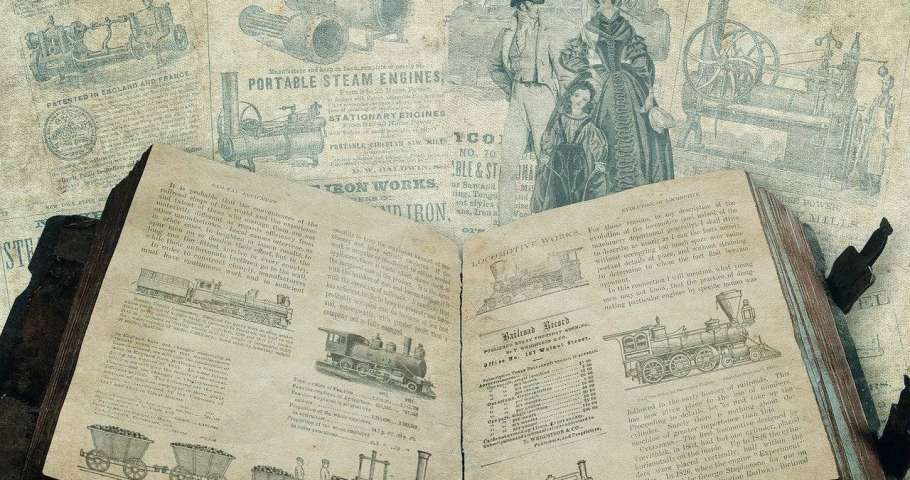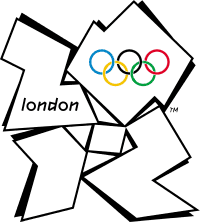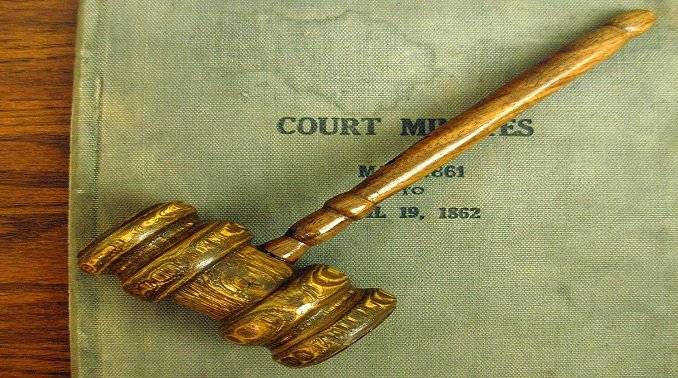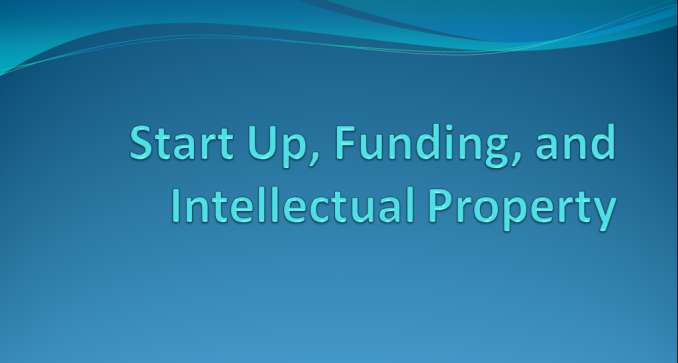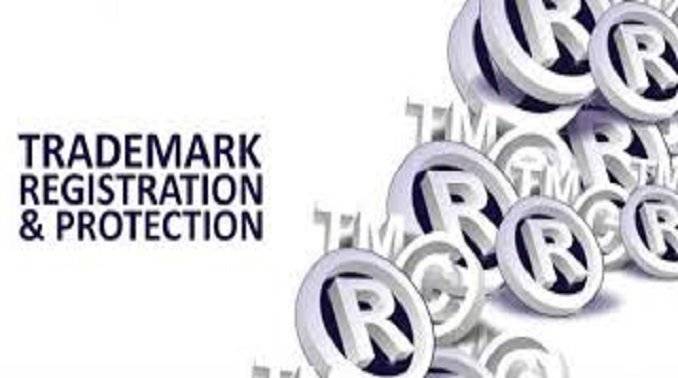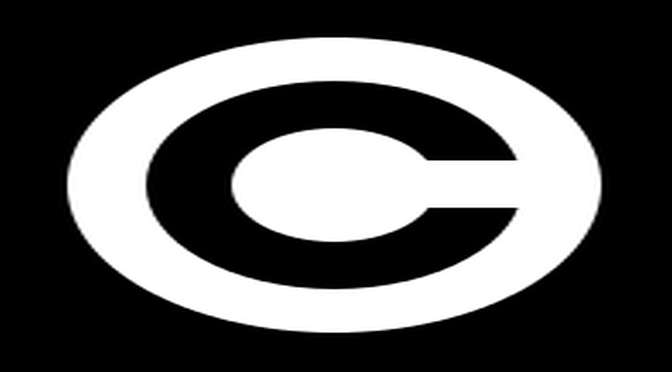This post was first published on 8th April, 2011.
As pointed out by Supriya in her post, a compulsory license may be granted if a patent is not worked in India and reasonable efforts are made to acquire a license. Does the working of a patent in India mean that the patented invention must be manufactured in India? Reading of sections 83 and 84 of the Patents Act take us to that logical conclusion. The sections clearly point out that working…
